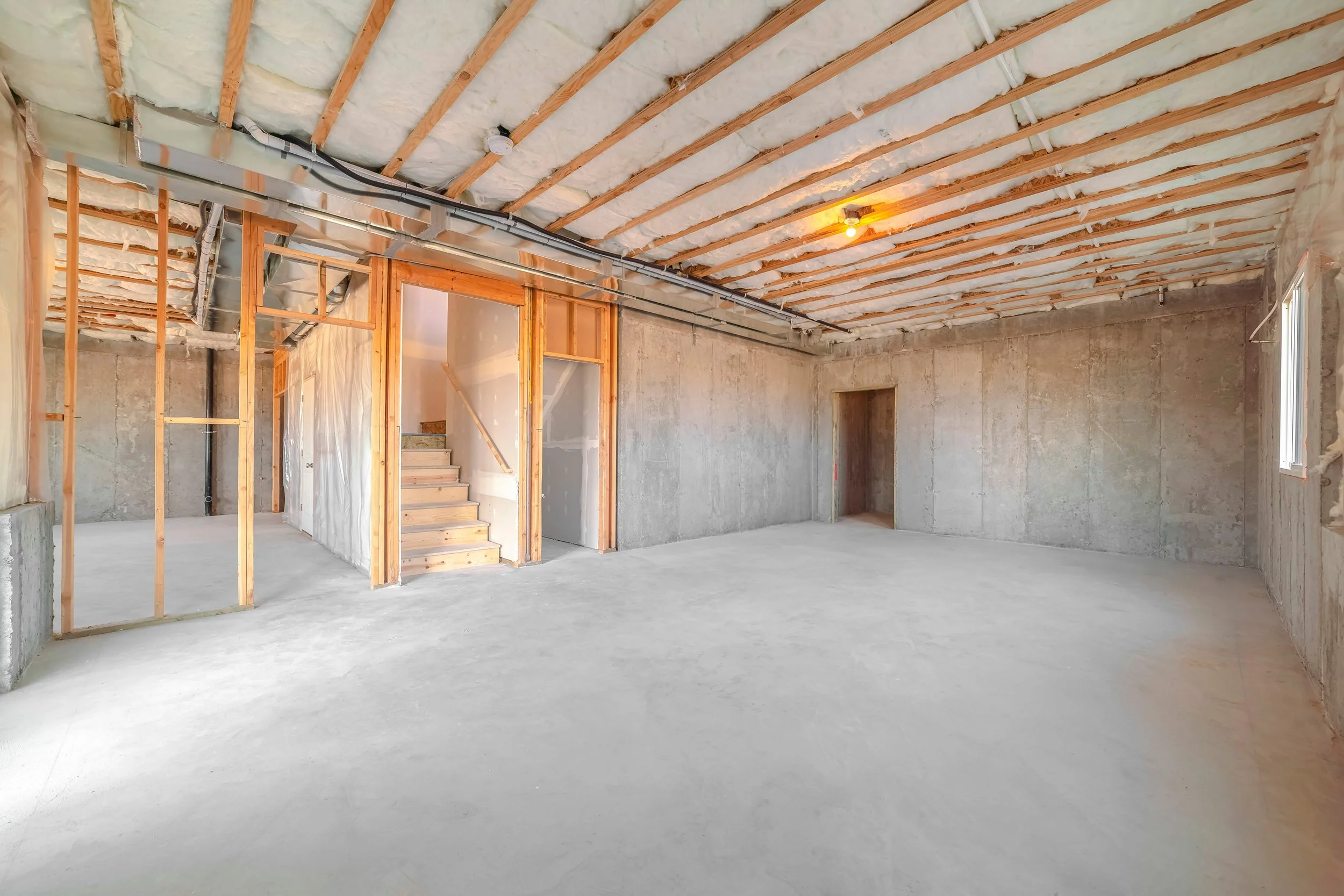Understanding VA Radon: What You Need to Know
Radon, a colorless and odorless gas, is a serious threat that many Virginians are not fully aware of. In this comprehensive guide, we will delve into the basics of radon, explore its presence in Virginia, discuss the health risks associated with exposure, examine the importance of testing in your home, and provide insight on how to mitigate radon levels effectively. By understanding the ins and outs of radon, you can take the necessary steps to protect yourself and your loved ones.
The Basics of Radon
Defining Radon: An Invisible Threat
First and foremost, let's define radon. Radon is a radioactive gas that occurs naturally from the breakdown of uranium in soil, rock, and water. It enters homes and buildings through cracks and openings in the foundation, and can accumulate to dangerous levels if not properly mitigated. The fact that radon is invisible and odorless makes it a silent and stealthy threat.
But what exactly happens when radon enters our homes? When radon seeps into a building, it begins to decay and release radioactive particles. These particles can attach themselves to dust and other airborne particles, making them easily inhaled. Once inside our lungs, the alpha particles emitted by radon can cause damage to the cells, potentially leading to serious health issues in the long run.
The Science Behind Radon
To truly understand the potential dangers of radon, it's essential to grasp the scientific aspect. Radon emits radioactive particles called alpha particles, which, when inhaled, can damage the cells in your lungs. Over time, this damage can lead to an increased risk of lung cancer. In fact, the Surgeon General has declared radon as the second leading cause of lung cancer in the United States.
But how exactly do these alpha particles cause harm? When radon decays, it produces a series of radioactive elements known as radon progeny. These progeny attach themselves to dust and other airborne particles, forming a dangerous combination. When we breathe in these particles, they can become lodged in our lungs, emitting radiation and damaging the surrounding cells. The cumulative effect of this damage can eventually lead to the development of lung cancer.
It's important to note that the risk of developing lung cancer from radon exposure is not immediate. It typically takes years or even decades of exposure for the damage to accumulate and for symptoms to manifest. This is why it is crucial to take proactive measures to mitigate radon levels in our homes and buildings.
So, how can we protect ourselves from the dangers of radon? One effective method is radon testing. By conducting regular radon tests in our homes, we can monitor the levels of radon gas and take appropriate action if necessary. Additionally, radon mitigation systems can be installed to reduce radon levels and prevent its accumulation in enclosed spaces.
Overall, understanding the science behind radon and its potential health risks is crucial in order to protect ourselves and our loved ones. By staying informed and taking proactive measures, we can ensure a safer and healthier living environment.
Radon in Virginia: A Closer Look
Radon, a colorless and odorless gas, is a concern throughout the country, but its presence can vary depending on geographical factors. In the case of Virginia, unfortunately, the state is deemed a high-risk area due to its unique geology and the prevalence of radon-containing rocks and soil.
Virginia's geology plays a significant role in the elevated radon levels found in certain areas of the state. The presence of granite, shale, and other types of rocks that naturally contain uranium and radium contribute to the release of radon gas. As these rocks break down over time, they release radon into the surrounding soil and air.
One of the factors that make Virginia particularly vulnerable to radon is its proximity to the Appalachian Mountains. The mountainous regions of the state are known to have higher levels of radon due to the geological composition of the area. The combination of ancient rocks and the natural processes of erosion and weathering create ideal conditions for radon to accumulate.
Residential Areas at Risk
Radon can infiltrate any type of building, whether it's old or new, well-sealed or drafty. However, homes and residences located in specific areas are particularly vulnerable to elevated radon levels.
Low-lying areas, such as valleys and basins, are at higher risk of radon infiltration. These areas tend to have poor soil drainage, which can lead to the accumulation of radon gas. Additionally, the presence of bodies of water, such as rivers and lakes, can exacerbate radon levels as the gas can easily seep into the surrounding soil.
Another factor that increases the risk of radon exposure is the type of soil on which a building is constructed. Virginia's soil composition varies across the state, with some areas having higher levels of radon content. Buildings constructed on soil with high radon levels are more likely to have elevated radon concentrations indoors.
It's important to note that radon levels can vary even within the same neighborhood. Factors such as variations in soil composition, proximity to radon-emitting rocks, and differences in building construction can all contribute to the fluctuation of radon levels in a specific area.
Living in an area with a history of radon-related health issues also increases the risk for residents. If neighboring homes have tested positive for high radon levels or if there have been cases of radon-related illnesses in the community, it is crucial for individuals to be proactive in testing and implementing mitigation measures.
Given the potential risks associated with radon exposure, it is recommended that all residents of Virginia, regardless of their location, take the necessary steps to test their homes for radon. Testing kits are widely available and can provide valuable information about the radon levels in a specific dwelling. If elevated levels are detected, mitigation measures can be implemented to reduce radon concentrations and minimize the associated health risks.
Health Risks Associated with Radon Exposure
The health risks associated with radon exposure can range from short-term effects to long-term consequences. Short-term exposure to high levels of radon can cause symptoms similar to those of the common cold, such as coughing, wheezing, and shortness of breath. However, the real danger lies in the long-term effects. Prolonged exposure to elevated radon levels significantly increases the risk of developing lung cancer, even in non-smokers.
Radon is a naturally occurring radioactive gas that is produced by the decay of uranium in soil, rock, and water. It is odorless, tasteless, and invisible, making it impossible to detect without specialized equipment. Radon can enter homes through cracks in the foundation, gaps in walls, and openings around pipes and drains. Once inside, it can accumulate to dangerous levels, putting occupants at risk.
When radon gas is inhaled, it releases alpha particles that can damage lung tissue, leading to the development of cancerous cells over time. The alpha particles emitted by radon are highly energetic and can cause significant DNA damage. This damage disrupts the normal functioning of cells and can eventually lead to the formation of tumors.
Furthermore, the combined exposure to radon and tobacco smoke exponentially increases the risk of lung cancer. Smoking is already a major cause of lung cancer, but when combined with radon exposure, the risk becomes even greater. The carcinogens present in tobacco smoke can interact with the damaged lung tissue caused by radon, further promoting the development of cancer cells.
It is important to note that the risk of radon-induced lung cancer depends on various factors, including the concentration of radon in the air, the duration of exposure, and individual susceptibility. Some individuals may be more vulnerable to the effects of radon due to genetic factors or pre-existing respiratory conditions.
Given the significant health risks associated with radon exposure, it is crucial to take proactive measures to mitigate its presence in homes. Radon testing is the first step in determining the radon levels in a building. If elevated levels are detected, radon mitigation techniques can be implemented to reduce the concentration of radon gas.
Common radon mitigation methods include sealing cracks and openings in the foundation, installing a radon mitigation system with a fan to vent radon gas outdoors, and improving ventilation in basements and crawl spaces. These measures can effectively reduce radon levels and minimize the risk of long-term health consequences.
In conclusion, radon exposure poses significant health risks, particularly in terms of lung cancer. Understanding the connection between radon and lung cancer is crucial for taking the necessary precautions and ensuring the safety of your household. By testing for radon and implementing mitigation techniques, you can protect yourself and your loved ones from the harmful effects of radon gas.
Testing for Radon in Your Home
When and Why to Test for Radon
Testing your home for radon is a crucial step to safeguard your family's health. Experts recommend testing for radon at least every two years, as radon levels can fluctuate over time. Additionally, it's essential to test for radon when buying or selling a home, as radon disclosure is mandatory in many real estate transactions. By testing for radon, you can identify any potential issues and take appropriate action to mitigate the risk.
Understanding Radon Test Results
Radon test results are typically measured in picocuries per liter (pCi/L). The Environmental Protection Agency (EPA) has set the action level at 4 pCi/L, which means that if your test result exceeds this threshold, mitigation is strongly recommended. It's important to note that no level of radon should be considered completely safe. Even lower levels have a risk associated with them. Therefore, consulting with a professional to discuss your results and mitigation options is always advised.
Mitigating Radon Exposure
Professional Radon Mitigation Services
If your home tests positive for high radon levels, it's crucial to seek the expertise of a professional radon mitigation contractor. These professionals are trained to assess the radon levels in your home and design a mitigation system tailored to your specific needs. With their guidance, you can effectively reduce radon levels to ensure a safe and healthy living environment.
DIY Radon Reduction Techniques
If you are inclined to take a hands-on approach, there are also radon reduction techniques that you can implement yourself. From sealing cracks in your foundation to improving ventilation, there are various DIY methods that can help reduce radon levels. However, it's important to note that DIY techniques may not be as effective as professional mitigation services, especially in cases of high radon levels. Seeking professional guidance is always recommended to ensure optimal results.
By understanding the basics of radon, the risks associated with exposure, and the importance of testing and mitigation, you are taking a proactive step in protecting your loved ones and creating a safe living environment. Being knowledgeable about VA radon and its potential dangers empowers you to make informed decisions and take the necessary actions to minimize the risks associated with radon gas. Remember, the health and safety of your family are worth the effort
Scheduling Your Radon Test
Do you have questions about radon testing in Virginia? Are you ready to schedule an upcoming test?
Contact us. We can integrate your radon test as part of a larger home inspection. Or, we can do the test by itself. We partner with Last Minute Radon to serve all of Northern Virginia, Maryland, and Washington, DC.



